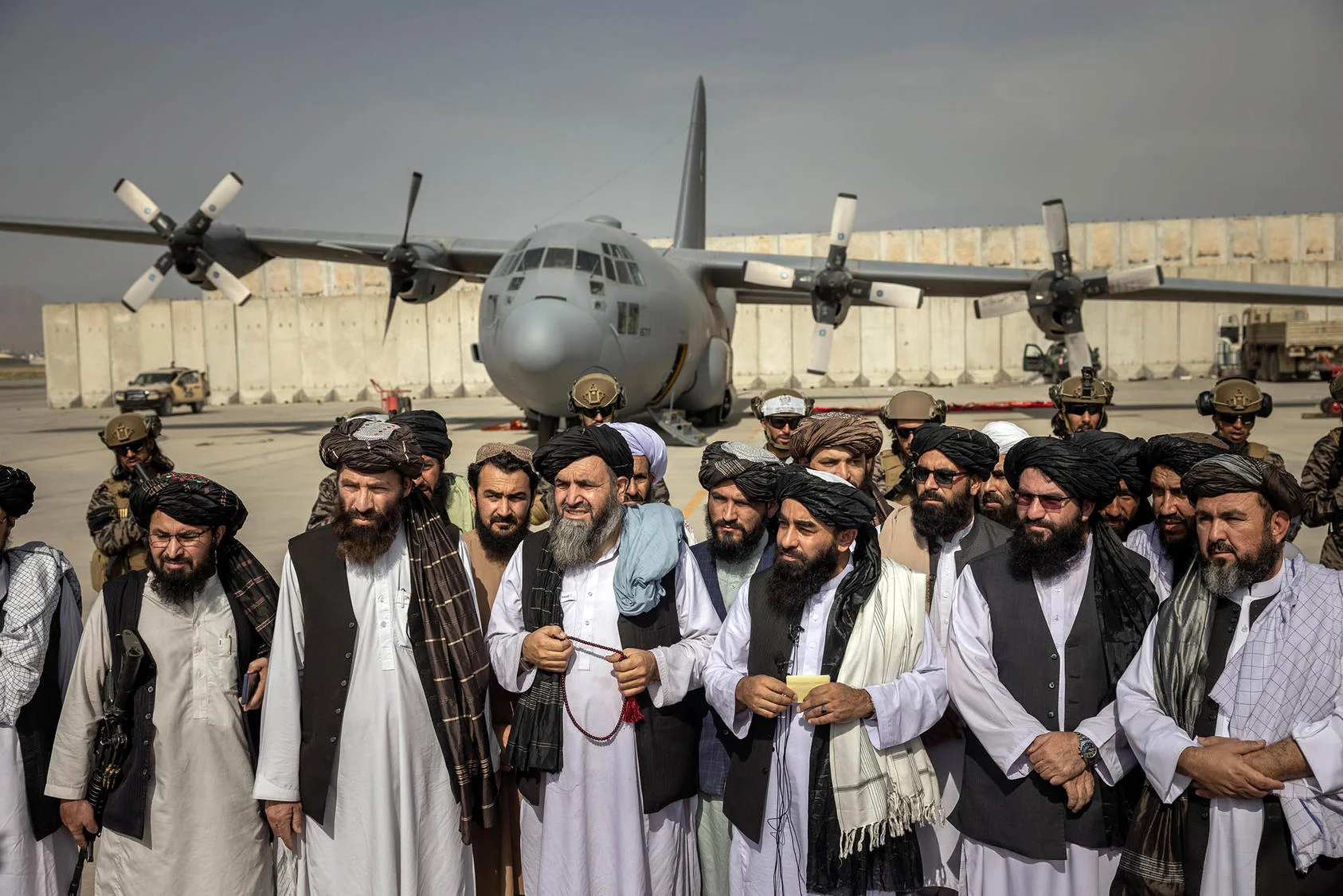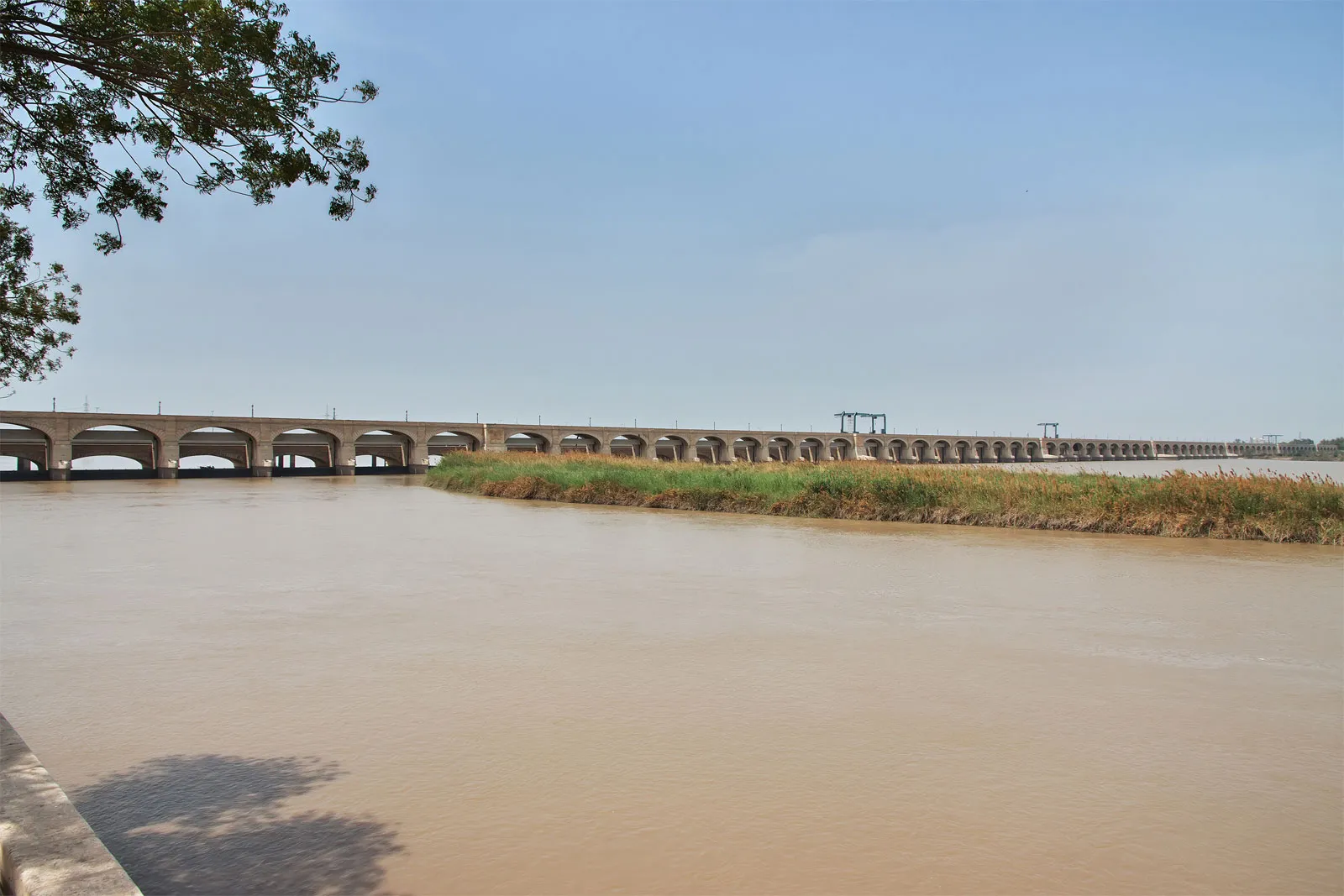South Asia has long been the stage for historical rivalries and technological advancements, both of which have played a crucial role in shaping its strategic landscape, particularly focusing on India and Pakistan. These factors create a complex security environment and a sense of insecurity in the region that requires careful navigation. The convergence of long-standing geopolitical rivalries and rapid technological progress is prompting fears about maintaining stability in the region, while also reshaping strategic postures and warfare capabilities. In light of the evolving strategic landscape and concerns about regional stability, it is imperative to undertake safety measures. This involves employing conventional methods to gain strategic advantages, such as the development of advanced weaponry and the pursuit of nuclear superiority. The primary goal of bolstering military capabilities is to uphold a balance of power among competing states by establishing a credible deterrent. However, this pursuit of enhanced armaments inevitably precipitates an arms race, as each state seeks to augment its military ability in order to preserve equilibrium.
The Role of AI in Military Weapon Systems
The pursuit of equilibrium drives states to bolster their military capabilities through the development of cutting-edge weaponry and defensive systems. The exponential advancements of technology have precipitated a paradigm shift in the domain of warfare and defensive strategies. This transition from conventional methodologies to state-of-the-art technology is rapidly reshaping the landscape of warfare. This transition can be more prominent when we talk about using artificial intelligence in the military or warfare. This use of Artificial intelligence in the military shapes the nature of warfare. The most abundant use of AI in warfare is integrating AI and weapon systems. In the connection of AI and weapon systems the most prominent example is the “Lethal Autonomous Weapons”. Both systems are deeply interconnected, as AI provides a vast amount of real-time data with high accuracy, enabling effective decision-making. Similarly, AI-integrated systems can enhance the precision and accuracy of LAWS, allowing for targeting and effective operations. Additionally, these integrated systems can efficiently detect, analyze, and counter threats with remarkable speed.
Also See: Chinese Startup DeepSeek Disrupts AI Market
The Cybersecurity Risks of AI and LAWS
The development and deployment of LAWS integrated with AI pose some significant challenges and potential security vulnerabilities to cyber-attacks. The intricate nature of AI systems exposes them to a higher risk of cyber-attacks compared to traditional platforms. This complexity significantly expands the attack surface, offering numerous vulnerable entry points for potential attackers. As a result, these systems are more susceptible to exploitation throughout the entire process, from data collection to decision-making stages. Moreover, the porous nature of these weapon systems poses a high risk of data manipulation. Attackers can engage in data poisoning to manipulate the training system of these weapons, leading to incorrect target identification and operational failures. This results in drastic outcomes during military operations. The preceding analysis highlights the significance of developing and deploying artificial intelligence in weapons systems, thereby underscoring the importance of AI in such systems. The integration of AI into weaponry has precepted a significant shift in South Asia, stemming from India’s development of these advanced weapons systems. This strategic shift prompted Pakistan to pursue a counterbalance strategy. This has major implications for regional security and stability.
India’s AI and LAWS Advancements
India is actively involved in the development and deployment of AI-powered military weapons, particularly LAWS, establishing itself as a key player in South Asia. This initiative not only solidifies India’s position as a major regional power but also underscores its dedication to serving as a “net security provider” in collaboration with the United States. Moreover, India is continuously modernizing its military capabilities to create a regional influence in South Asia. In October 2023, India marked a concerning development in the militarization of AI, with the deployment of 140 AI-based surveillance systems along its northwestern border with Pakistan. Moreover, the India Defense Research and Development Organization (DRDO) also attempted to incorporate AI into naval operations and develop native autonomous weapons. In collaboration with countries like the U.S., Israel, and France, India is developing and acquiring cutting-edge maritime technology and autonomous systems.
Pakistan’s Response: Counterbalancing Strategies
These rapid technological development in India has created a sense of insecurity in South Asia, leading to a complex security environment in the region. This insecurity has prompted Pakistan, to develop significant counter-balancing measures. Although Pakistan is somehow lagging behind its rivals, Pakistan is in a continuous effort to modernize its military through the establishment of the Center for Artificial Intelligence and Computing (CENTAIC) by the Pakistan Air Force and the Army Center of Emerging Technology within the Cyber commands. These initiatives enhance decision-making, intelligence gathering, and precision targeting with an ultimate aim to counterbalance the Indian strategies towards Pakistan. To bolster its capabilities, Pakistan has incorporated “Tactical unmanned aerial vehicles” (UAVs) along with maritime surveillance aircraft, to strengthen the capabilities of the Pakistan Navy fleet. The implementation of strategies by Pakistan to counterbalance Indian influence in South Asia mitigates the sense of insecurity and reduces the deterrence effect raised by India.
The Balance of Power in South Asia: A Complex Dynamic
In conclusion, we can say that even after counterbalancing each other in terms of AI and its integration with LAWS, there is always a significant concept of balance of power in South Asia. Although strategic development had a significant influence in South Asia, it also led to an imbalance of power, particularly with the development of AI and its integration with LAWS. Because of the incorporation of AI and weapon systems India gains improved precision, speed, and decision-making process, which may provide a strong edge over its neighboring countries, particularly with Pakistan. This asymmetric power between India and Pakistan creates challenges for maintaining a stable deterrence posture. As India continues to integrate AI and LAWS, the potential for an automated decision-making process introduces new security risks. These developments present challenges for Pakistan, particularly regarding its limited economic resources and technological dependency on external sources. Moreover, the strategic alignment of India with the U.S., in terms of progress of AI and LAWS is significantly shifting the balance of power in South Asia. To counter these challenges Pakistan has tilted its shift towards regional actors, especially China. Pakistan is continually shifting its focus to counterbalancing India with significant developments and strategic partnerships with key players in the region.
The views expressed in this article are the author’s own. They do not necessarily reflect the editorial policy of the South Asia Times.

![AI and LAWs are changing the rules of engagement. How will this impact regional stability, security, and the balance of power? [Image via Foreign Policy]](https://southasiatimes.org/wp-content/uploads/2025/02/Michael-Hirsch-AI-future-warfare.webp)




